When you picture a farm, what comes to mind? For many, it’s a rustic scene: a red barn, rolling green hills, a farmer on an old-school tractor. That picture is charming, but it’s becoming increasingly outdated. The modern farm is a high-tech hub of data, sensors, and intelligent machines. At the heart of this transformation is a powerful force: AI in agriculture. It’s not science fiction anymore; it’s the new reality for feeding a growing planet, and it’s happening right now.
We’re talking about a revolution that goes far beyond just bigger tractors. This is about making farming smarter, more efficient, and incredibly sustainable. It’s about using data to make decisions that were once left to guesswork and tradition. From a single seed to the global supply chain, artificial intelligence is reshaping what it means to be a farmer in the 21st century.
Key Takeaways
- Precision is Paramount: AI enables hyper-targeted application of resources like water, fertilizer, and pesticides, dramatically reducing waste and environmental impact.
- Data is the New Soil: Smart farming relies on collecting and analyzing massive amounts of data from drones, sensors, and satellites to optimize every aspect of the growing cycle.
- Automation on the Rise: From self-driving tractors to robotic weeders, AI is automating labor-intensive tasks, increasing efficiency and addressing labor shortages.
- Predictive Power: AI algorithms can forecast crop yields, predict disease outbreaks, and analyze market trends, giving farmers unprecedented foresight.
Why Do We Even Need AI on the Farm?
It’s a fair question. Humans have been farming for about 12,000 years. We’ve gotten pretty good at it, right? Well, yes and no. The challenges we face today are on a scale our ancestors could never have imagined. The global population is rocketing towards 10 billion people by 2050. That’s a lot of mouths to feed. At the same time, we’re dealing with the very real consequences of climate change—unpredictable weather, prolonged droughts, and new pests. The old ways just won’t cut it anymore.
We need to produce more food, but we have to do it with less. Less water. Less land. Less environmental impact. It’s a massive puzzle, and AI provides the processing power to help us solve it. It’s not about replacing the farmer’s wisdom; it’s about augmenting it with powerful tools. Think of it as giving every farmer a team of a million tiny analysts, working 24/7 to help them make the best possible decisions.
The Core Applications: Where the Magic Happens
So, how does this actually work? Where does the digital world of algorithms meet the dusty reality of the fields? The applications are incredibly diverse and are growing every single day. Let’s break down some of the most impactful areas.

Precision Farming: Giving Every Plant What It Needs
Imagine being able to give each individual plant in a thousand-acre field exactly the amount of water and nutrients it needs. Not a drop more, not a drop less. That’s the promise of precision farming, and AI is the engine that makes it run.
- Drones and Satellite Imagery: High-resolution images captured from above can reveal things the human eye can’t see. AI algorithms analyze these images to identify areas of stress, detect nutrient deficiencies, or spot the early signs of disease. A farmer might see a field of green, but the AI can see subtle variations in color that indicate a nitrogen deficiency in one specific corner.
- Smart Sensors: In-field sensors constantly monitor everything from soil moisture and pH levels to ambient temperature and humidity. This real-time data is fed into an AI system that can, for example, trigger an irrigation system to water only the dry patches of a field, conserving massive amounts of water compared to traditional blanket watering.
- Targeted Application: This data then guides smart machinery. A sprayer equipped with computer vision can identify weeds and apply a micro-dose of herbicide directly to them, leaving the crops untouched. This drastically reduces chemical usage, which is better for the environment and the farmer’s bottom line. It’s the difference between using a fire hose and a surgical scalpel.
The Rise of the Robots: Automation in Action
Farming is hard, physical work. Finding skilled labor is one of the biggest challenges in the industry. This is where robotics and automation, powered by AI, are making a huge difference. We’re not just talking about self-driving tractors that can plow a field with centimeter-level accuracy using GPS and AI guidance. The innovation goes much deeper.
Consider automated weeding. Companies are developing small, autonomous robots that can roam fields, identify weeds using machine learning, and eliminate them mechanically or with a targeted laser zap. Seriously. Lasers. This eliminates the need for widespread herbicide use and a ton of back-breaking manual labor.
Harvesting is another key area. Delicate crops like strawberries or lettuce have historically required a gentle human touch. Now, AI-powered robotic arms with advanced sensors and grippers can identify ripe fruit, assess its quality, and pick it without bruising. These robots can work around the clock, in any weather, revolutionizing the supply chain for fresh produce.
Predictive Analytics: Farming with a Crystal Ball
One of the oldest challenges in farming is uncertainty. Farmers are constantly at the mercy of the weather, pests, and volatile market prices. Predictive analytics, a key part of AI in agriculture, gives them a powerful tool to fight back against this uncertainty.
By analyzing historical weather data, soil conditions, and crop genetics, AI models can:
- Forecast Yields: Provide highly accurate predictions of how much a field will produce, helping farmers with planning, logistics, and securing better prices for their crops.
- Predict Pest and Disease Outbreaks: By monitoring weather patterns and data from in-field sensors, AI can identify the conditions that are ripe for a fungal outbreak or an insect infestation. This gives farmers an early warning, allowing them to take preventative action instead of reacting after the damage is already done.
- Optimize Planting Times: AI can analyze long-range weather forecasts and soil data to recommend the absolute optimal time to plant a specific crop for maximum yield. A few days can make a huge difference.
This shifts farming from a reactive practice to a proactive one. It’s about anticipating challenges and opportunities before they even arrive.
Smarter Livestock Management
AI isn’t just for crops. It’s also transforming the way we raise livestock. On dairy farms and ranches, AI-driven systems are improving animal welfare and productivity.
- Health Monitoring: Computer vision systems can monitor individual animals in a herd. By analyzing an animal’s gait, feeding habits, and social interactions, the AI can detect early signs of illness or distress, often before a human would notice. A cow that is walking with a slight limp might be flagged for a check-up, preventing a more serious issue.
- Optimized Feeding: Automated feeding systems can use AI to deliver customized nutritional plans for each animal based on its age, weight, and health data, ensuring optimal growth and milk production.
- Behavioral Analysis: Understanding animal behavior is key to good welfare. AI can track patterns and alert farmers to signs of stress in the herd, allowing them to make adjustments to the animals’ environment.
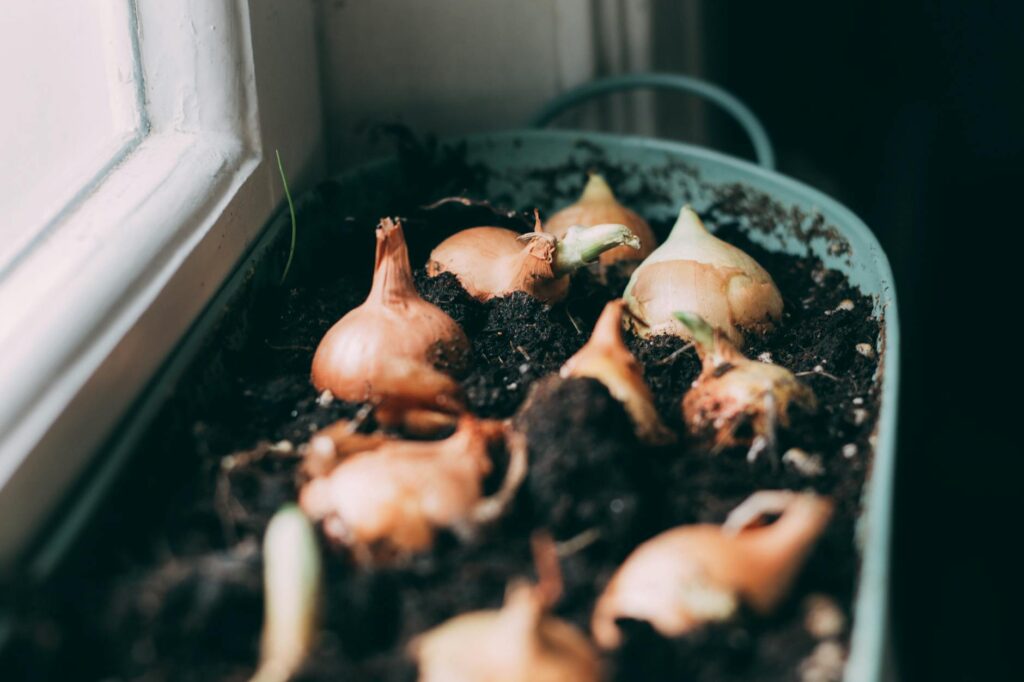
The Hurdles: It’s Not All Sunshine and Roses
Of course, this technological leap forward isn’t without its challenges. Implementing AI in agriculture is a complex process with some significant hurdles to overcome.
First, there’s the cost. Drones, sensors, robotic harvesters, and the software to run them all represent a major upfront investment. While the long-term ROI can be substantial, it can be a barrier to entry, especially for smaller family farms. Bridging this financial gap is crucial for widespread adoption.
Then there’s the connectivity issue. Many of these technologies rely on a stable, high-speed internet connection to upload and process data. Unfortunately, reliable broadband is still a dream in many rural areas around the world. You can have the smartest tractor in the world, but it’s not much good if it can’t connect to the cloud.
Finally, there’s a skills gap. Operating and maintaining this advanced technology requires a new set of skills. Farmers need to be part-agronomist, part-data scientist, and part-IT specialist. Education and training programs are essential to help the current and next generation of farmers embrace these new tools effectively.
Data privacy and security are also huge concerns. Who owns the vast amounts of data being collected from a farm? How is it being used and protected? These are big questions that the industry is still working to answer.
Conclusion: The Future is Growing
The integration of AI in agriculture is more than just a trend; it’s a necessary evolution. It represents a fundamental shift in how we approach food production, moving from an industry based on tradition and intuition to one driven by data and precision. The challenges are real, but the potential rewards are immense: a more secure and abundant food supply, a lighter environmental footprint, and a more profitable and sustainable future for the farmers who feed our world.
The red barn and the rolling hills aren’t going away. But now, flying silently above them might be a drone, and working tirelessly within them might be a robot, all guided by intelligent algorithms. This fusion of tradition and technology is not just the future of farming—it’s the future of our food.
FAQ
Is AI going to replace farmers?
Not at all. The goal of AI is not to replace farmers but to empower them. It’s a tool that automates repetitive tasks and provides deep insights, freeing up farmers to focus on more strategic decisions. The farmer’s experience, intuition, and knowledge of their land remain irreplaceable. AI is a powerful assistant, not a replacement.
Can small farms benefit from AI technology?
Absolutely. While some high-end robotics might be out of reach initially, many AI-powered solutions are becoming more accessible. Subscription-based software for data analysis, more affordable drone services, and smartphone apps that use AI for crop disease identification are all bringing the benefits of smart farming to smaller operations. As the technology matures, costs will continue to come down.
How does AI help with sustainability in farming?
AI is a game-changer for sustainability. By enabling precision application, it drastically reduces the amount of water, fertilizer, and pesticides used. This not only saves the farmer money but also prevents chemical runoff into waterways and reduces the overall carbon footprint of the farm. Predictive analytics also helps reduce food waste by optimizing harvesting and supply chain logistics.

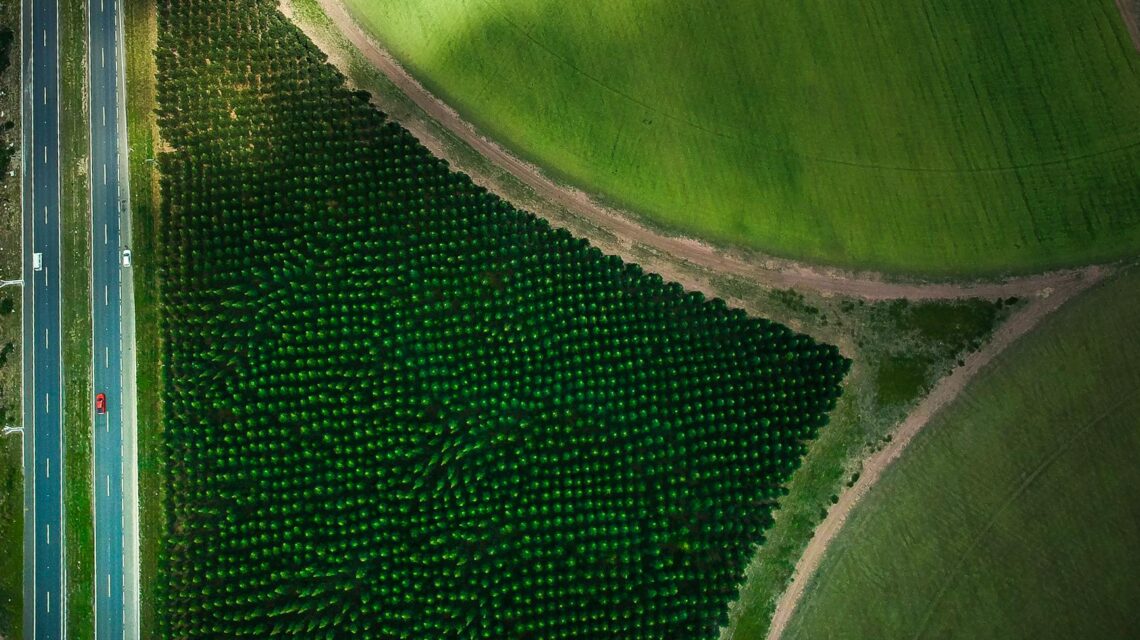

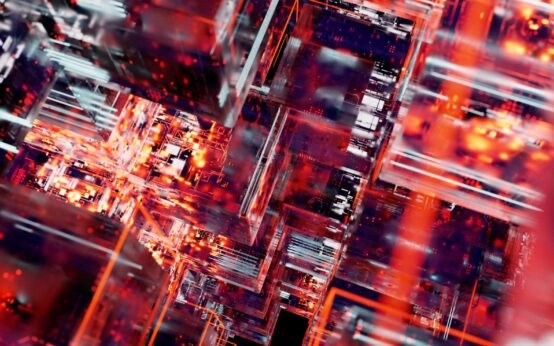 Deep Learning Breakthroughs: The AI That’s Changing Our World
Deep Learning Breakthroughs: The AI That’s Changing Our World  Top AI Tools for Freelancers to Boost Productivity (2024)
Top AI Tools for Freelancers to Boost Productivity (2024) 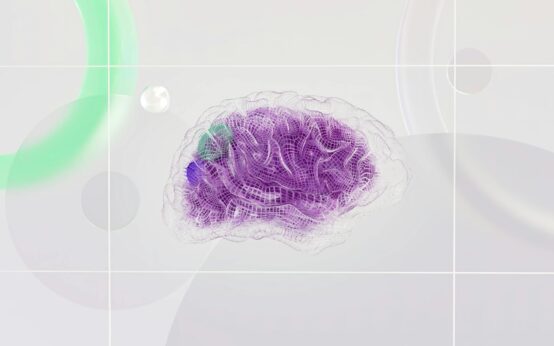 Neural Networks Explained: A Beginner’s Guide to AI
Neural Networks Explained: A Beginner’s Guide to AI  AI is Transforming Industries: A Deep Dive for 2024
AI is Transforming Industries: A Deep Dive for 2024  AI Job Displacement: Friend or Foe for Your Career?
AI Job Displacement: Friend or Foe for Your Career? 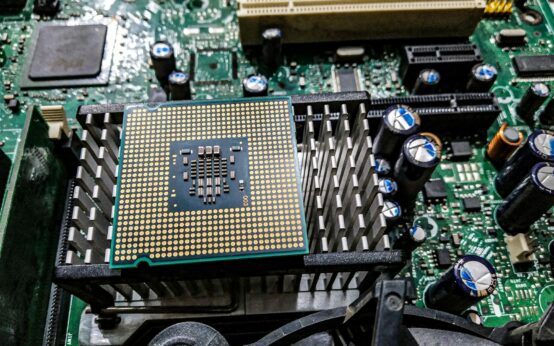 NLP Applications: From Your Phone to Global Business
NLP Applications: From Your Phone to Global Business  How to Set Up a Node: The Ultimate Guide
How to Set Up a Node: The Ultimate Guide  Crypto Arbitrage Trading: A Beginner’s Guide (2024)
Crypto Arbitrage Trading: A Beginner’s Guide (2024) 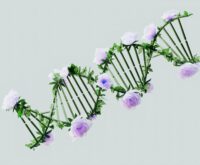 The Business of NFTs: How Top Brands Are Using Them
The Business of NFTs: How Top Brands Are Using Them  What Are ZK-Proofs? A Guide to Blockchain Privacy
What Are ZK-Proofs? A Guide to Blockchain Privacy  DeFi’s Hurdles: Security, Scalability & Regulation
DeFi’s Hurdles: Security, Scalability & Regulation  How to Read a Crypto Whitepaper: A Beginner’s Guide
How to Read a Crypto Whitepaper: A Beginner’s Guide